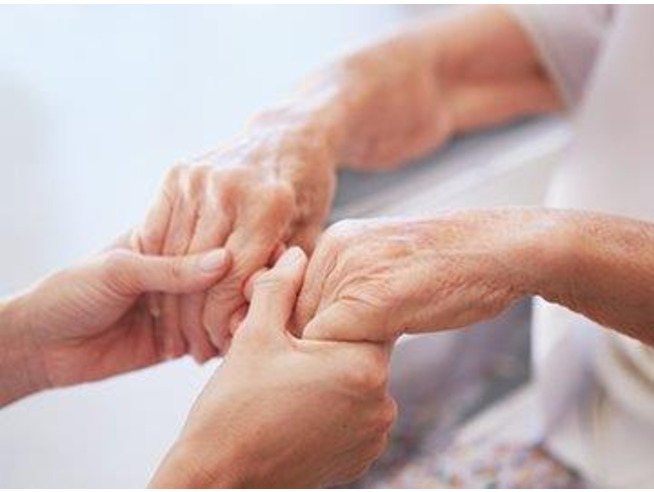Training 2 CARE (UK) Ltd, Learning Aims and Outcomes.
Course Title: Safeguarding Adults
|
Learning Outcome |
Assessment Criteria |
|
Module one |
The learner will be able to: |
|
What is Abuse?
|
|
|
Module two |
The learner will be able to |
|
Types of Abuse
|
|
|
Module three |
The learner will be able to |
|
Reduce the likelihood of abuse
|
|
|
Module four |
The learner will be able to |
|
Recording and Reporting
|
|
|
Module Five |
The learner will be able to |
|
Further advice and support.
|
|

